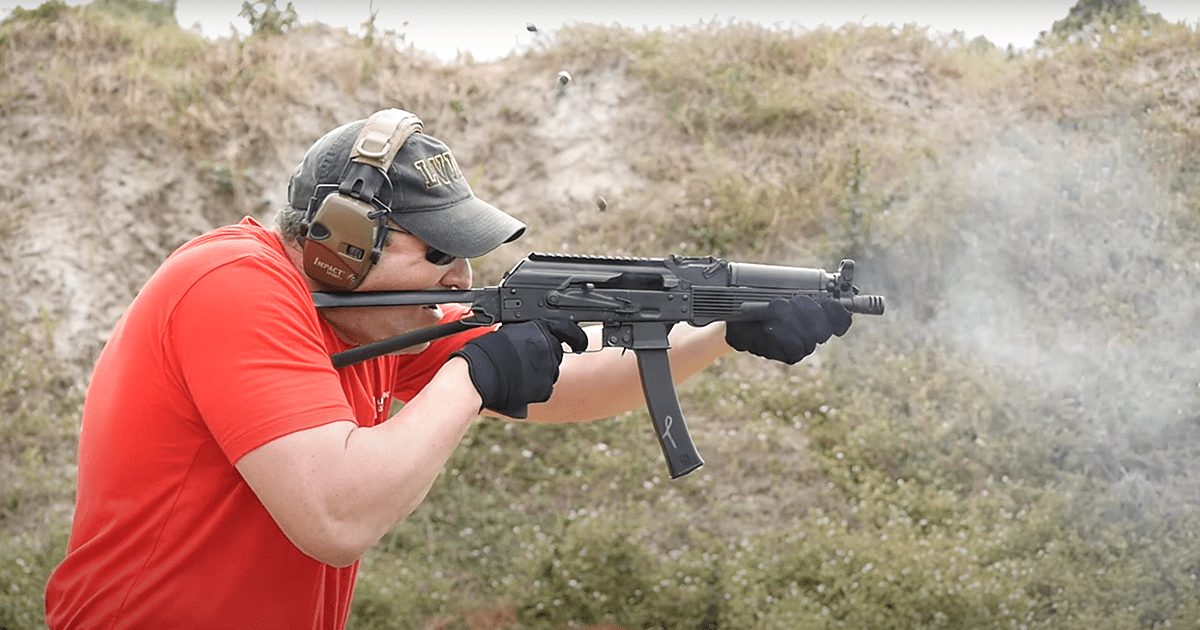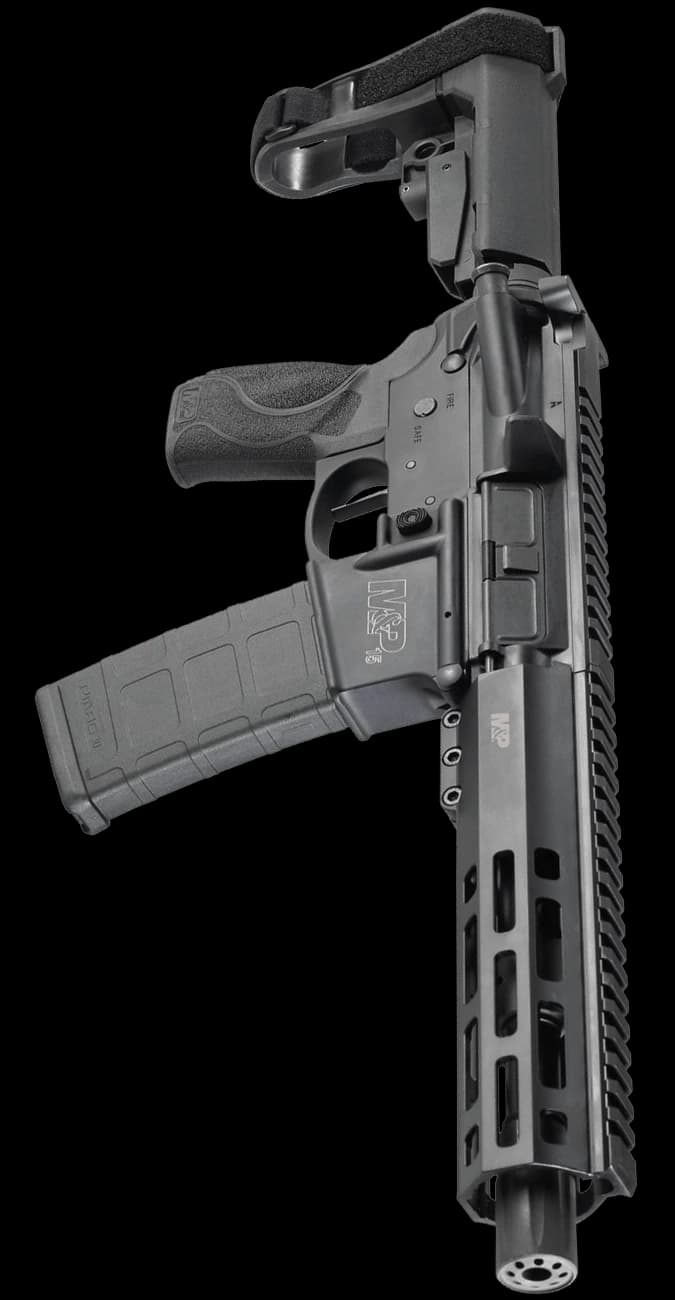How to Buy a Class 3 NFA Item From a Class 3 Dealer

What is a Class 3 Dealer?
A person or business that has a Type 01 Federal Firearms License that has a class 3 tax stamp that allows them to posses and transfer Title II NFA firearms.
What are NFA firearms?
The National Firearms Act enacted on June 26, 1934 in general, imposes a statutory excise tax on the manufacture and transfer of certain firearms and mandates the registration of those firearms. The Act was passed shortly after the repeal of Prohibition. The NFA is also referred to as Title II of the Federal firearms laws. The Tax amount is usually $200 depending on the type firearm. The Most common NFA Items are: Silencers, Short Barrel Rifles (SBR) and Machine Guns.
How can I transfer or purchase a NFA item?
1. Register the NFA item to a trust
Advantages of registering to a trust:
- No signature is required from chief law-enforcement officer
- You only need to create the trust once. The same trust can be used for all future NFA items such as short barreled rifles machine-guns or any other weapons.
- Fingerprint cards are required
- Anyone listed as a trustee in the trust can be in possession of the suppressor
- A revocable trust can be changed at any time without notifying the ATF
2. Register the NFA item to a corporation
Advantages of registering to a corporation:
- No signature is required from chief law-enforcement officer
- Fingerprint cards are required
- Any officer of the corporation can be in possession of the suppressor
- If you already have a corporation, this can be easier than a trust since you will avoid the initial trust setup
3. Register the NFA item in your own name
You can avoid initial work required to setup a trust or corporation. You have to remember that only you can be in possession of the NFA Item. This Requires signature from chief law-enforcement officer where you live and fingerprint cards.
Here at DEGuns we want to simplify the process as much as possible and we will explain how the transfer process works. NFA transfers can take anywhere from 2-9 month and you have to remember the process starts when your paperwork is sent the the NFA Branch for approval. It is very important to have everything needed. We do not give legal advice or sell trusts.
Registration and Requirements
The process of acquiring a Class 3 firearm, or a National Firearms Act (NFA) device, can be straightforward and relatively easy once you understand the necessary steps. Here's a more detailed guide to facilitate the process:
- Select your firearm: Start by choosing the Class 3 weapon that you're interested in purchasing. This could be anything from a machine gun, suppressor, or short-barrelled rifle, to other types of NFA regulated devices. Keep in mind that different states have varied regulations regarding these devices, and it's crucial to ensure that your desired firearm complies with your state's laws.
- Complete the Form 4 with your dealer: Form 4, or the Application for Tax Paid Transfer and Registration of Firearm, is a necessary document when purchasing a Class 3 weapon. This form should be filled out with the help of your firearms dealer, who will assist in providing pertinent information regarding the device you're buying.
- Acquire necessary photos and fingerprints: You must have a set of passport-sized photos and fingerprint cards to include with your application. These are used for identification purposes and are part of the Bureau of Alcohol, Tobacco, Firearms and Explosives (ATF) background check process.
- Submission of documents: After gathering all necessary documentation, including your completed Form 4, photographs, and fingerprints, send it to the ATF for processing.
- Waiting period: The approval process for purchasing a Class 3 weapon typically takes several months. During this time, the ATF performs extensive background checks.
- Collection of the device: Once the ATF approves your application, you can then pick up your Class 3 firearm from the dealer. The timing of this can vary based on several factors, including the type of firearm and your location.
In essence, the process is straightforward, although it may involve some additional paperwork depending on the specific firearm you're purchasing and the laws of your state.
Several misconceptions often surround the ownership of NFA devices, and it's crucial to address these to ensure you're well-informed:
- House Searches: ATF or other law enforcement agencies cannot randomly search your home for your NFA device. However, they can request to see the device if there's a valid reason for doing so.
- Tax Stamp Documentation: Although you receive an original tax stamp (proof of payment of the excise tax for your firearm) when your Form 4 is approved, you're not required to carry it with you at all times. A copy will suffice for most situations, but ensure the original is kept safe.
- Change of Location: Should you relocate, it's essential to notify the ATF of the new location of your NFA device.
- Reselling NFA Devices: You can't sell your NFA device without the buyer completing a Form 4 transfer. The buyer must undergo the same process you did, including the payment of the tax and approval by the ATF.
- Nature of the Tax Stamp: The tax stamp is not a license but rather an indication that you've paid the required tax on your NFA device.
Acquiring an NFA device like a suppressor or a short-barrelled rifle doesn't pose any significant burden, provided you follow the rules and regulations stipulated by the ATF and safely store your tax stamp.


